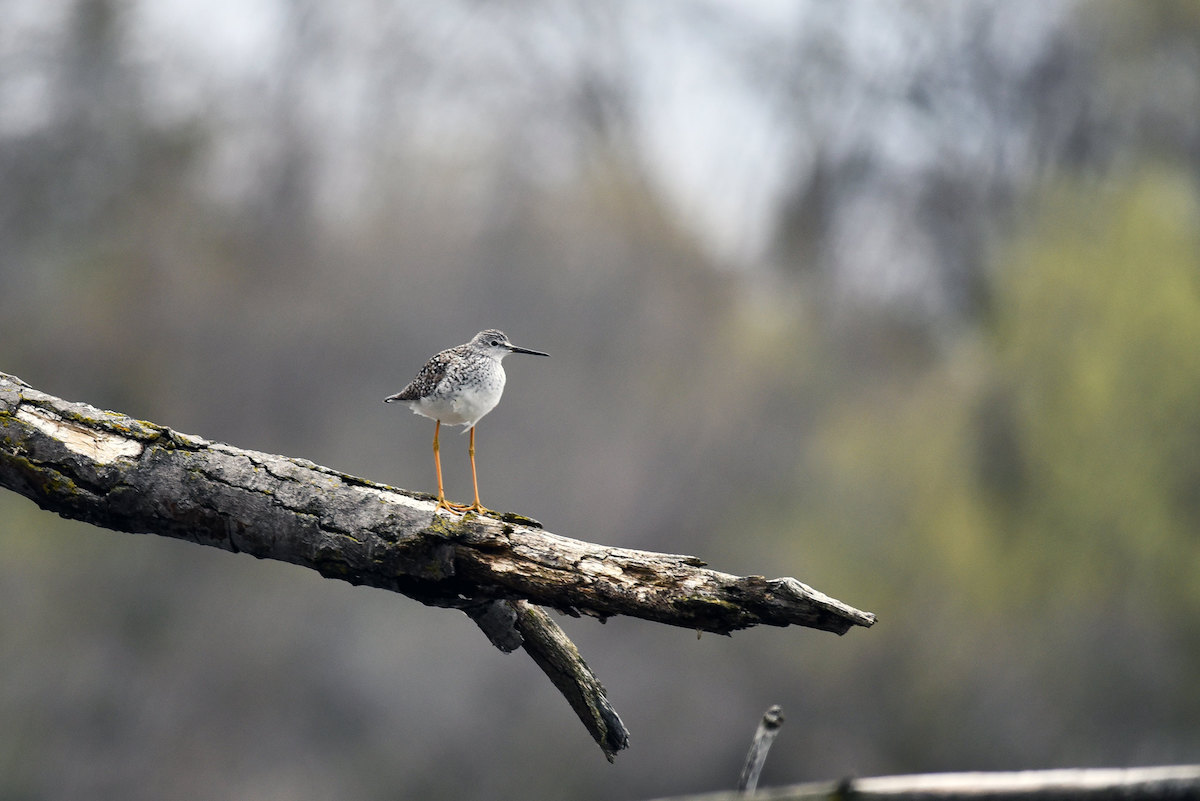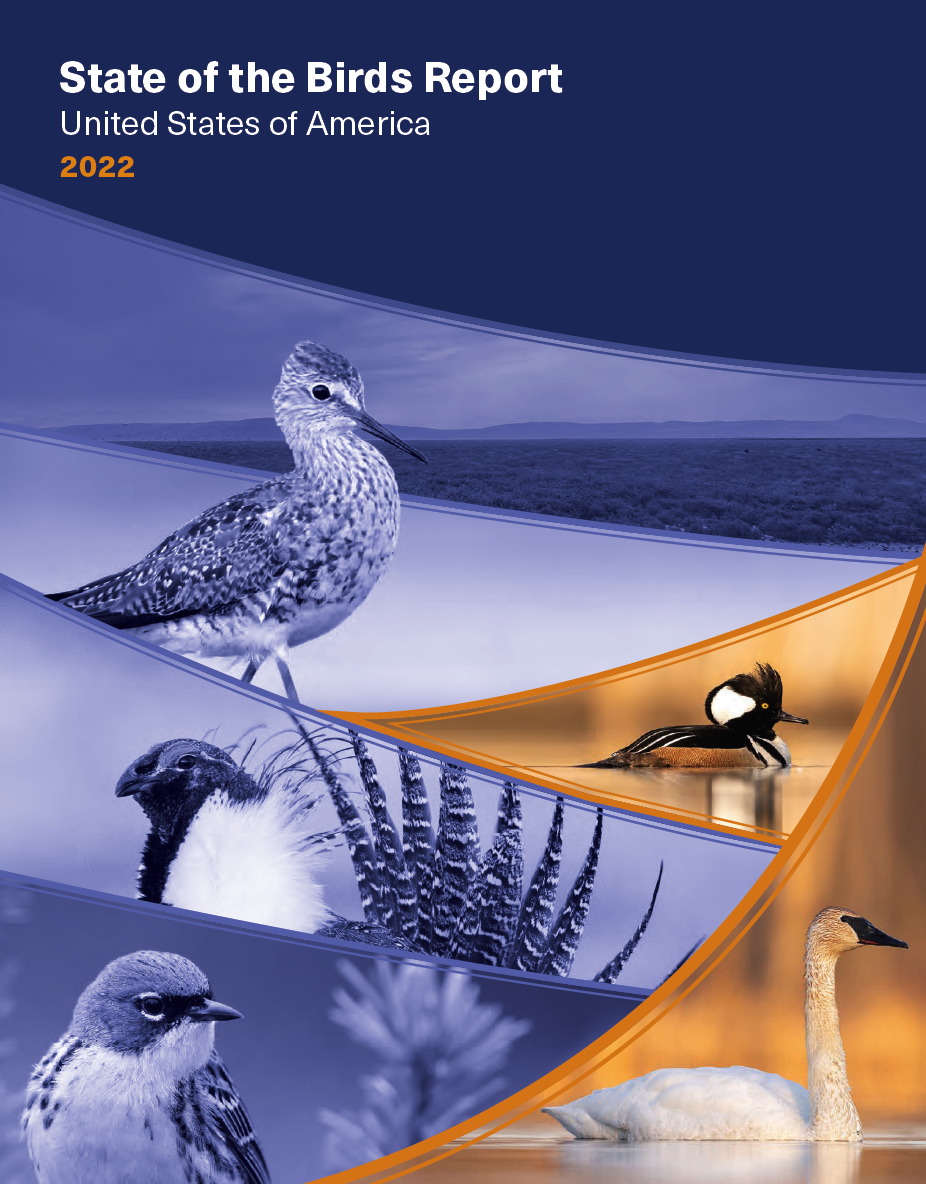
When we help birds thrive, we sustain the essential lands and waters needed for abundant wildlife, resources, and well-being.
- From the 2022 State of the Birds Report
The just released 2022 State of the Birds Report presents important data and messages for Joint Venture (JV) partners and anyone interested in bird conservation. Even though too many species have declining populations, the report is hopeful–and with good reason. Waterfowl numbers over the past 50 have been on an upward curve due to concerted efforts to conserve wetlands, including by many JV partnerships.
The report provides strategies that can help stem the decline of birds and biomes that are highly relevant to the Pacific Birds partnership. The expansive Pacific Birds geography, from Northwest California to Alaska to the Pacific Islands, means that, taken together, JV partners can make a difference when it comes to sustaining biodiversity, mitigating climate change, and empowering people to take action for birds.
Partner efforts in wetland restoration solutions. Our Oak and Prairie partners are increasing ecosystem resilience using innovate fire management. Coastal wetland acres protected, restored, and managed from Alaska to northern California help sustain biodiversity and ensure that birds have healthy places to land. As one example, a habitat conservation project in Alaska will benefit 37 species identified by the Alaska Department of Fish and Game as Species of Greatest Conservation Need, including the Rock Sandpiper.
The inclusion of Tipping Point Species in the report–those that have already lost half their populations and could decline another 50% without our help–helps focus the urgent call for research, outreach and habitat conservation. Lesser Yellowlegs is but one of 17 Tipping Point species in our region, but those numbers don't reflect species already listed as threatened or endangered, or species we don't know enough about.
While the data highlighted in the Report give us clear direction for conservation action, and the Tipping Point species deserve our attention, there are other key messages in the Report that resonate: proactive, voluntary conservation by anyone and everyone can help birds–and birds can lead to the well-being of people and communities.
GO TO THE STATE OF THE BIRDS PRESS RELEASE

SEE RELATED POSTS ABOUT STATE OF THE BIRDS TIPPING POINT SPECIES:
Kenai Peninsula Will Protect Habitat in a Globally Important IBA
